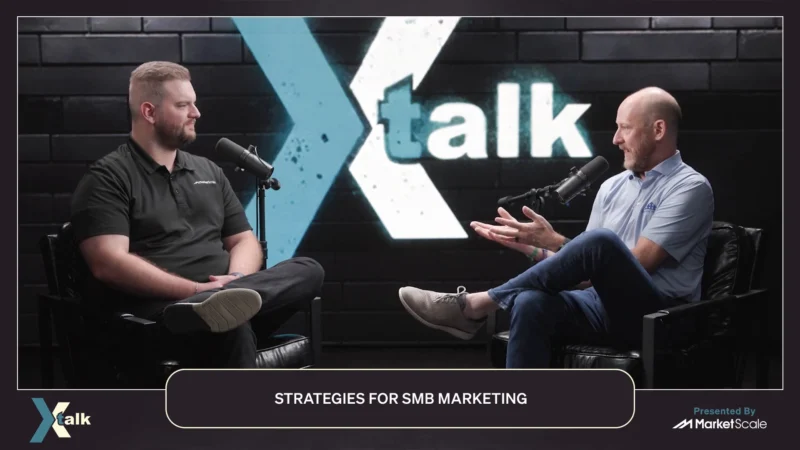Will Consumers Buy Into Subscription-based Generative AI Business Models?
ChatGPT is proving that consumers, businesses, and hobbyists alike are hungry for public and open AI solutions. Are they willing to fork over the dough, though, for similar functionality on different platforms? For example, will consumers opt to pay for a toned-down friendly chatbot assistant inside their social media apps? That’ll soon be an option for paying users of Snapchat Plus, who could get generative AI tools as part of their $3.99/month subscription. As AI solutions grow in number, more companies will also have the chance to plant their flag in the debate of whether subscription-based generative AI makes for a viable business model.
OpenAI itself launched its own subscription-based generative AI tool with ChatGPT Plus, a $20/month expansion of the free-to-use ChatGPT. The subscription grants users access to ChatGPT during peak usage hours, more bandwidth support for faster generative responses, and access to the tool’s newest features before they go live for free users. It’s hard to know whether consumers are responding well to this higher tier of the tool yet because it’s being rolled out in a limited fashion with a waitlist. However, some enthusiasts are already dismissing the subscription tier, considering that the paid version runs off of the same infrastructure and isn’t being advertised as a quality improvement to the tool.
More and more players in the software game, including the behemoth Microsoft, are launching OpenAI integrations in their software suites; Microsoft aims to launch OpenAI’s generative AI tools within Word, PowerPoint, and Outlook. It’s likely that, as consumers show their interest in these solutions, companies will be incentivized to market AI tools as a premium add-on to their software, embracing some form of a subscription-based generative AI business model.
What can help ensure that these models succeed? In this rapidly abounding world of chatbots, Devora Rogers, chief strategy officer for Alter Agents, a strategic market research consultancy, shares some insight. She sees that Snapchat’s AI strength, for example, is its presentation and its focused functionality. That approach could be what separates the subscription-based models that thrive from the ones that wither away.
Devora’s Thoughts
“I’m really excited to see the news about Snapchat’s release of its My AI chatbot. This is so exciting because right now everyone is curious, excited, worried, interested in where the landscape around AI is going. It’s moving so quickly, faster than so many experts even expected. And I love Snapchat’s approach in applying AI for their audience as a friendly helper that will allow us to make reservations, support our travel needs, support our friendship needs in a way that really fits with the SNAP brand.
It’s a scalable, infinitely interesting technology that’s going to change the way we shop, travel, create, and I am really excited to see it play out and think it’s a really powerful investment for Snapchat and other social media companies to take from here.”
Article written by Sonya Young.








